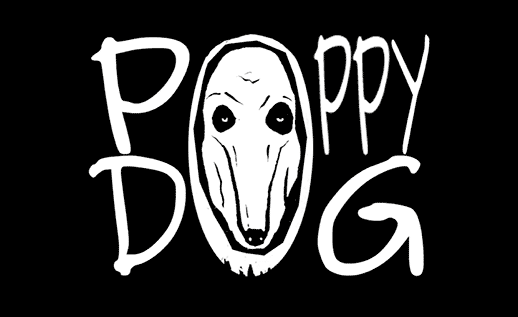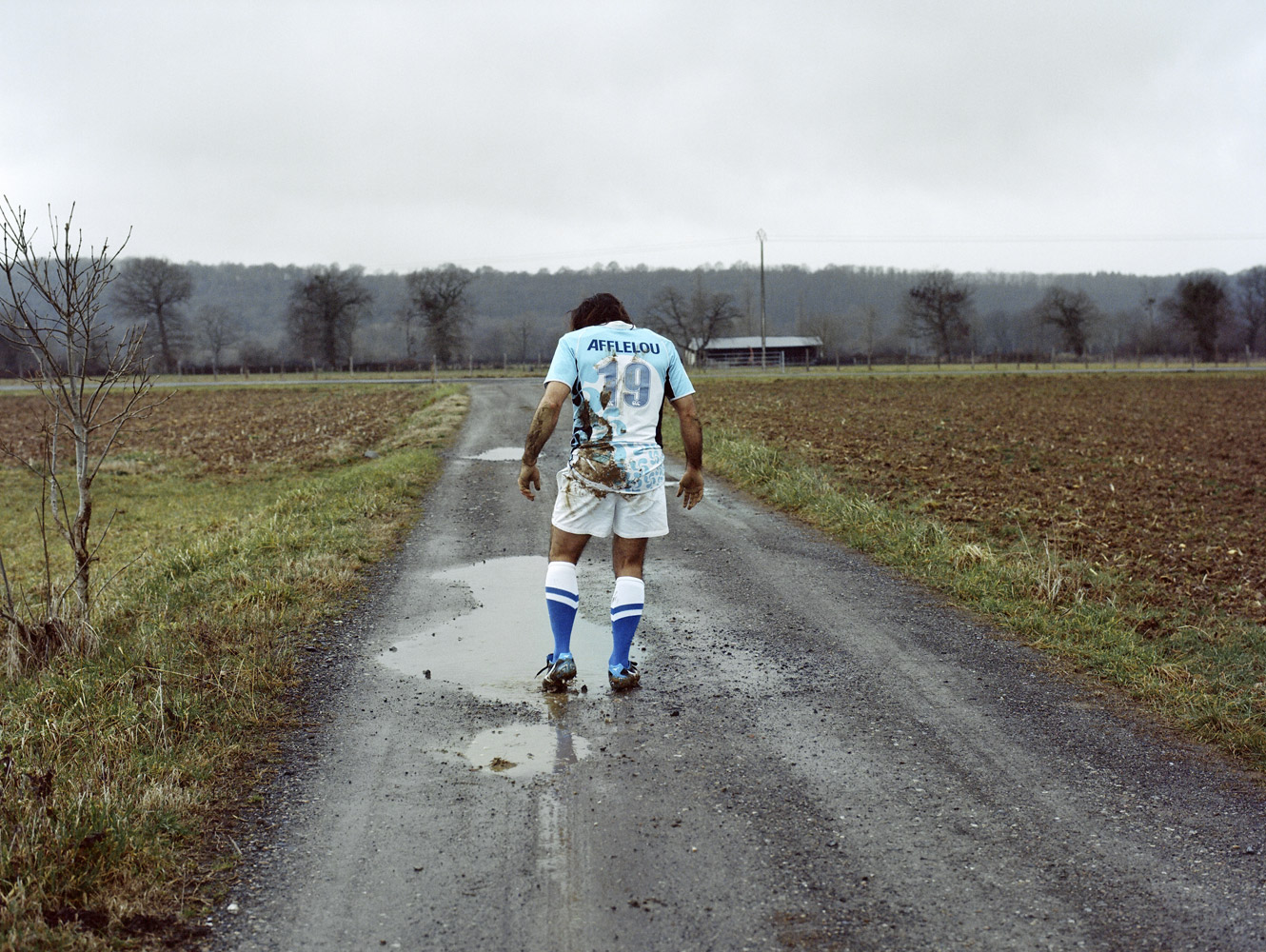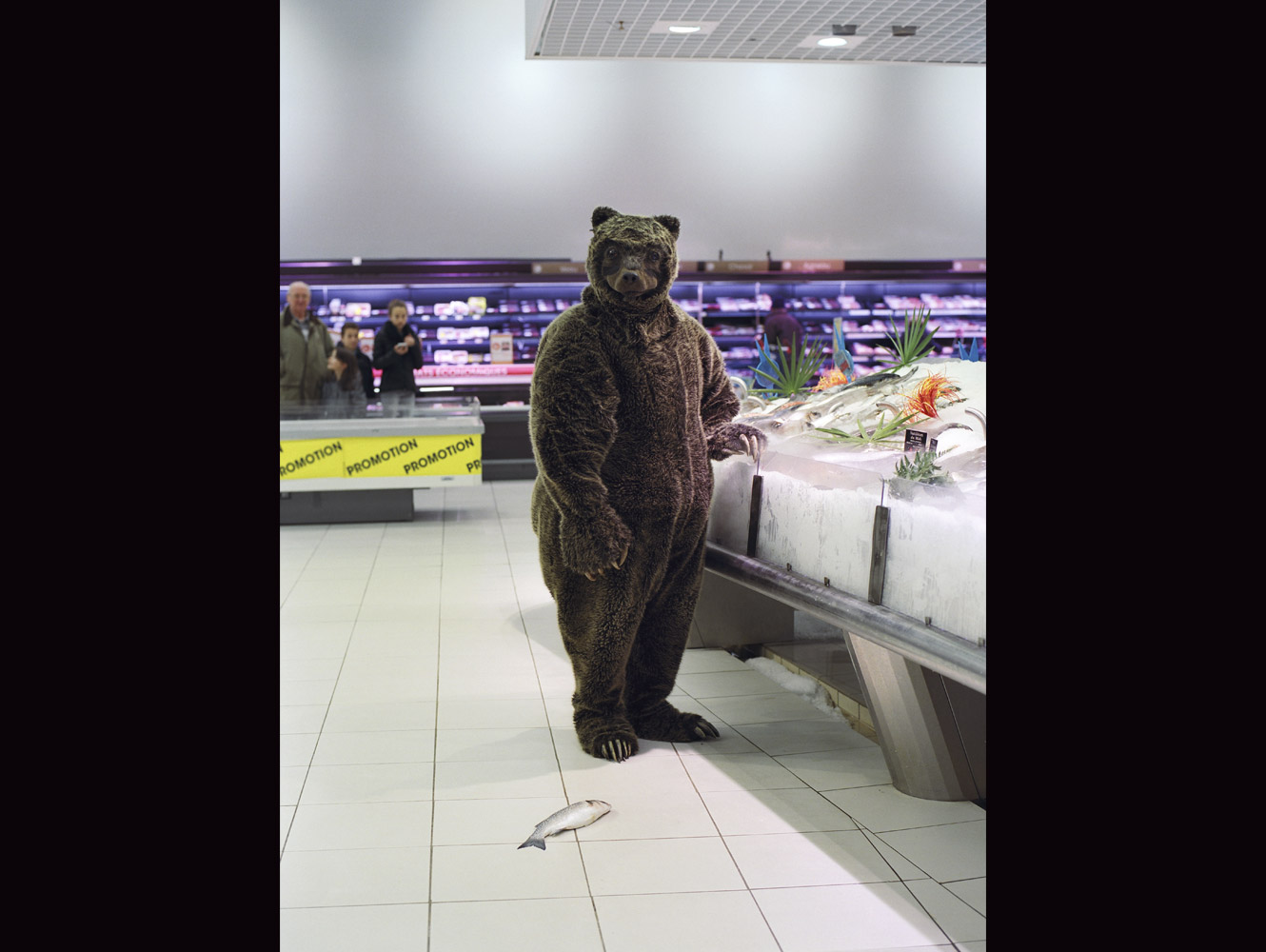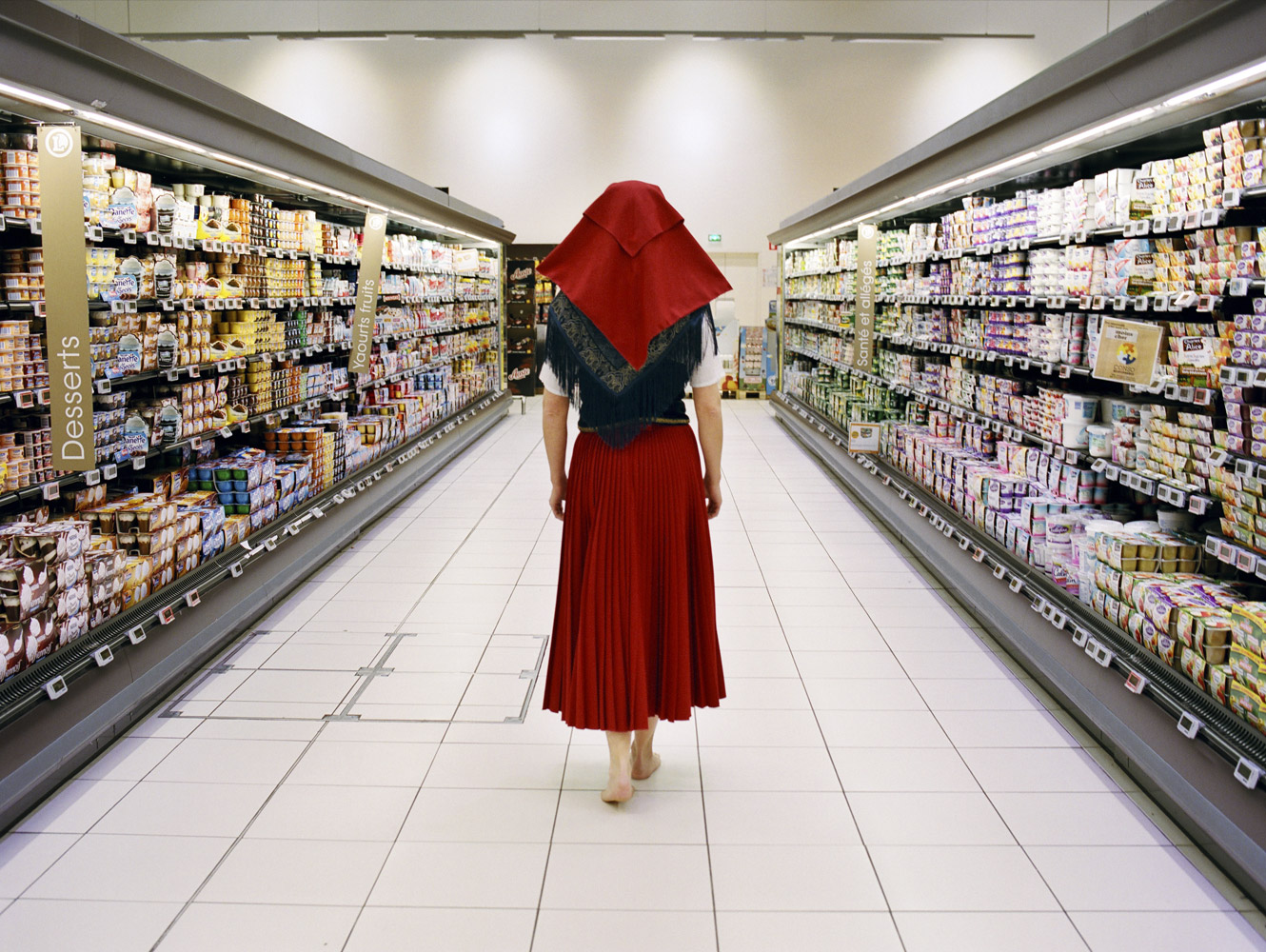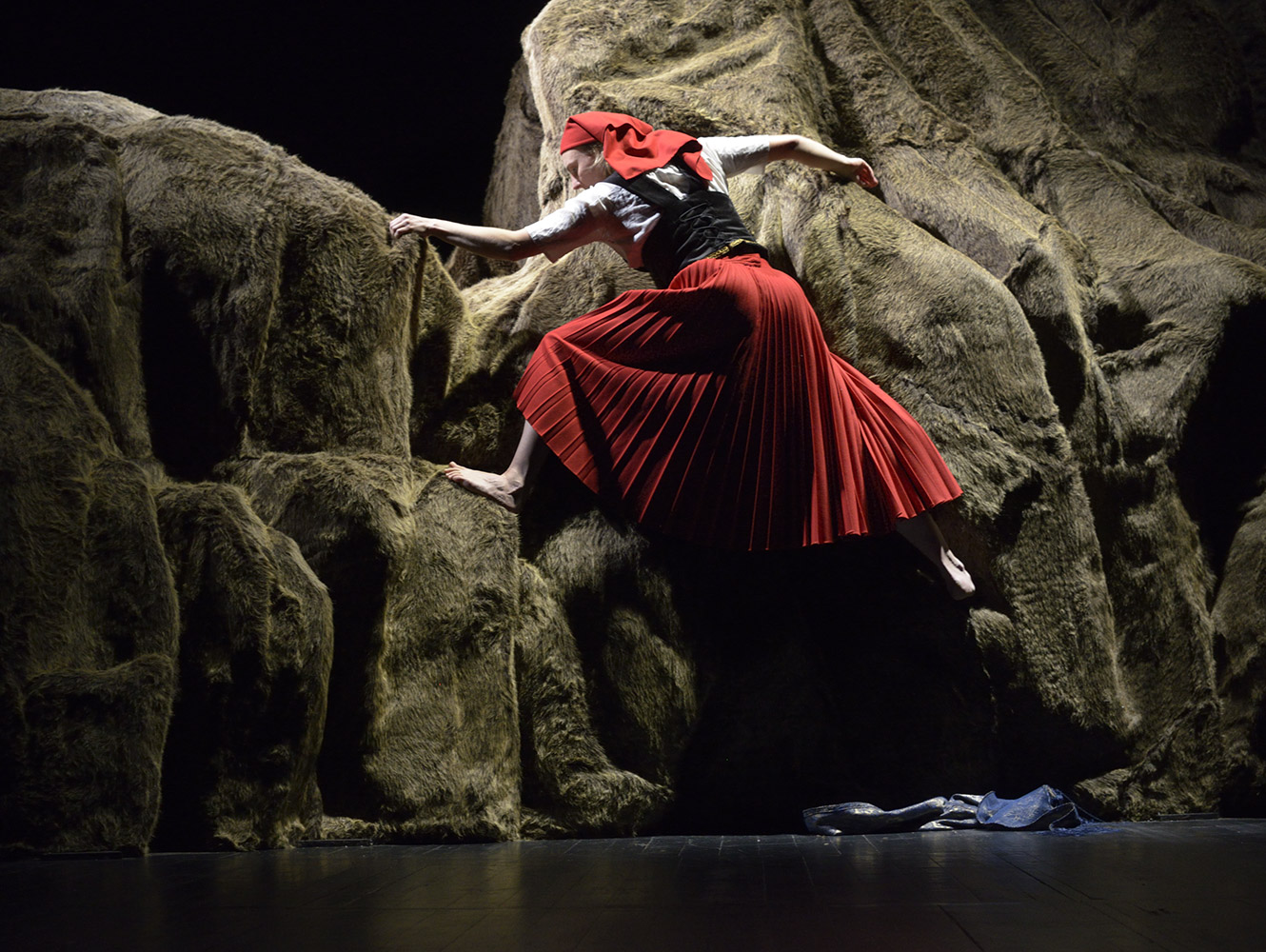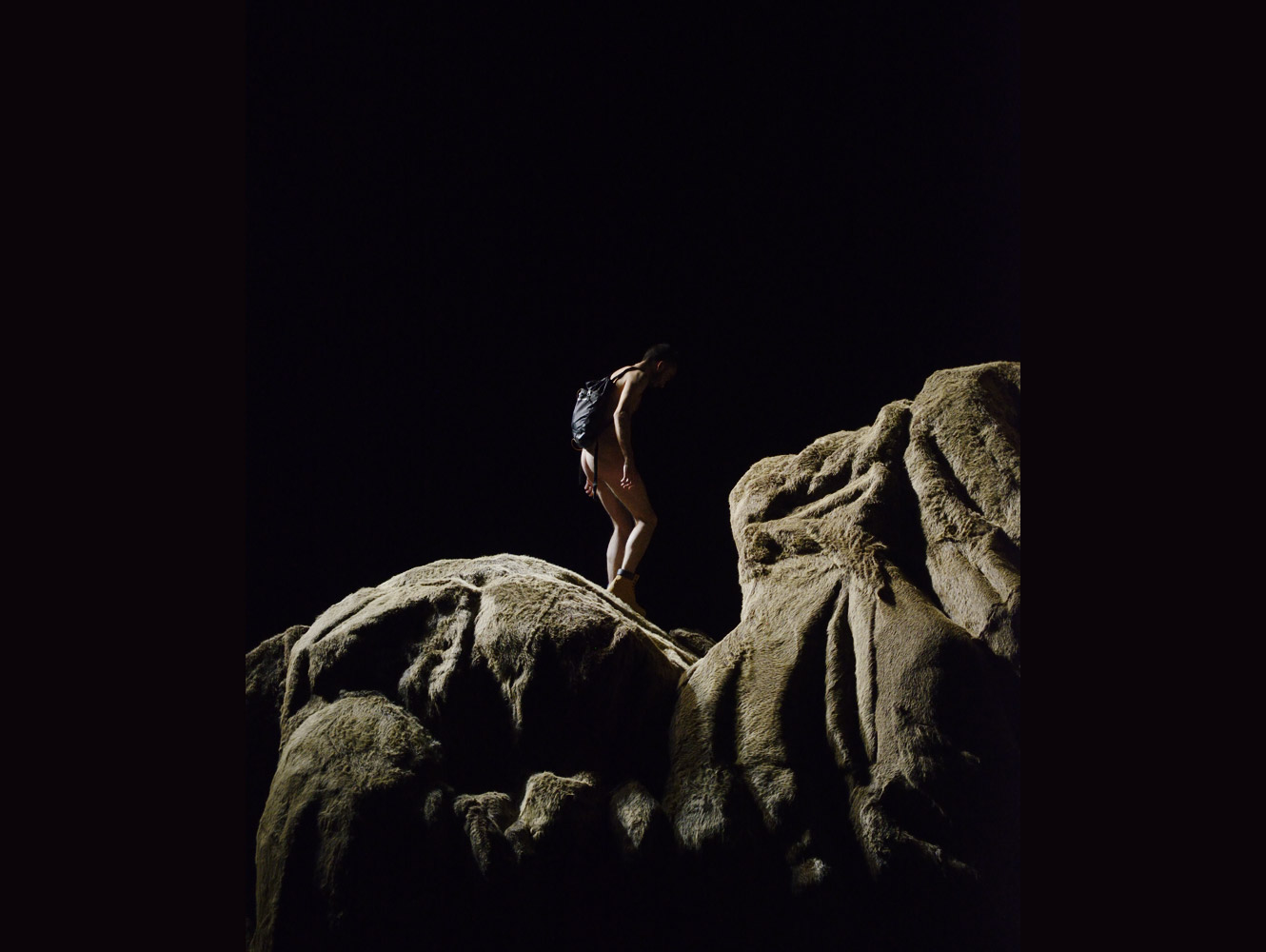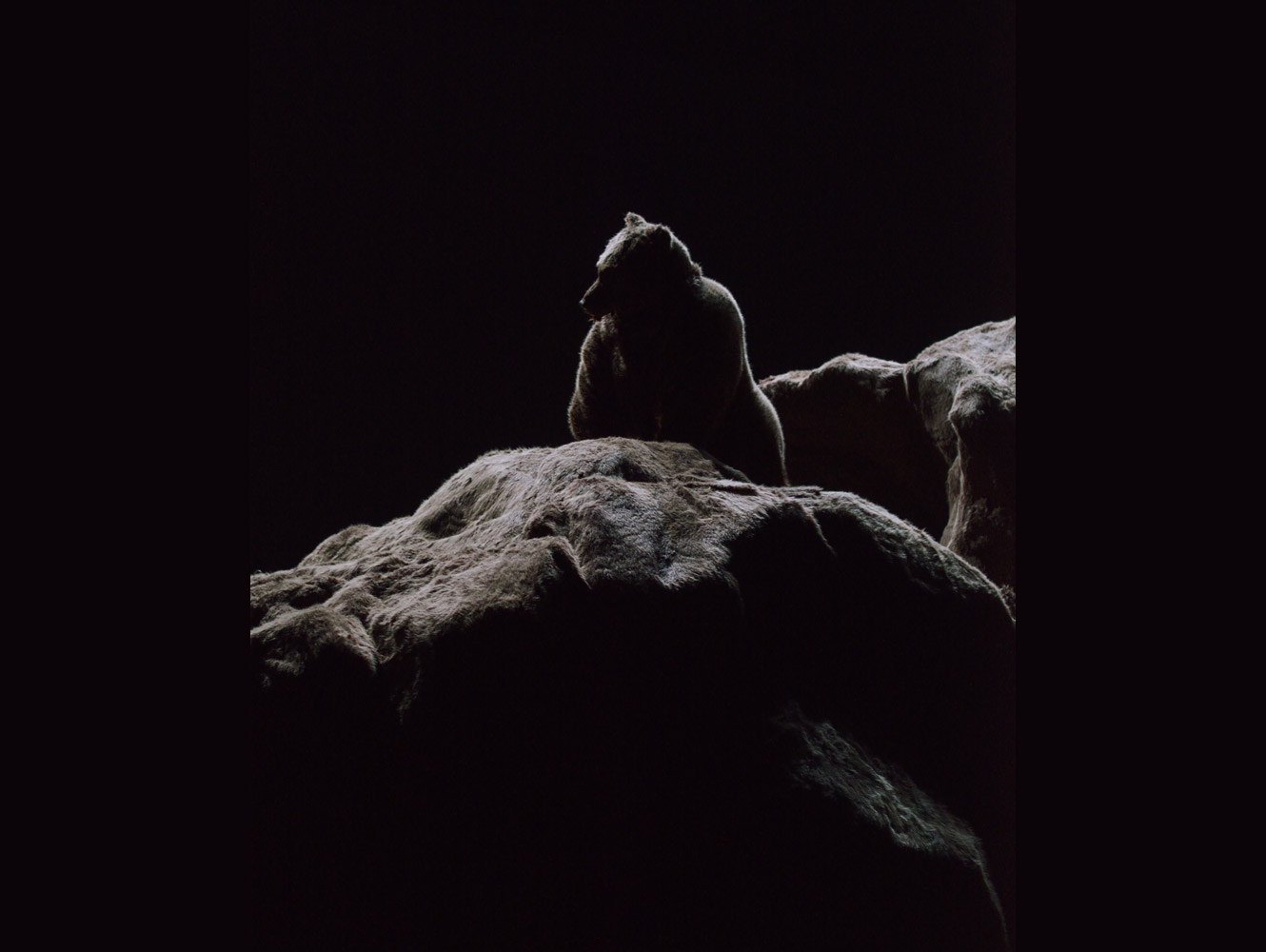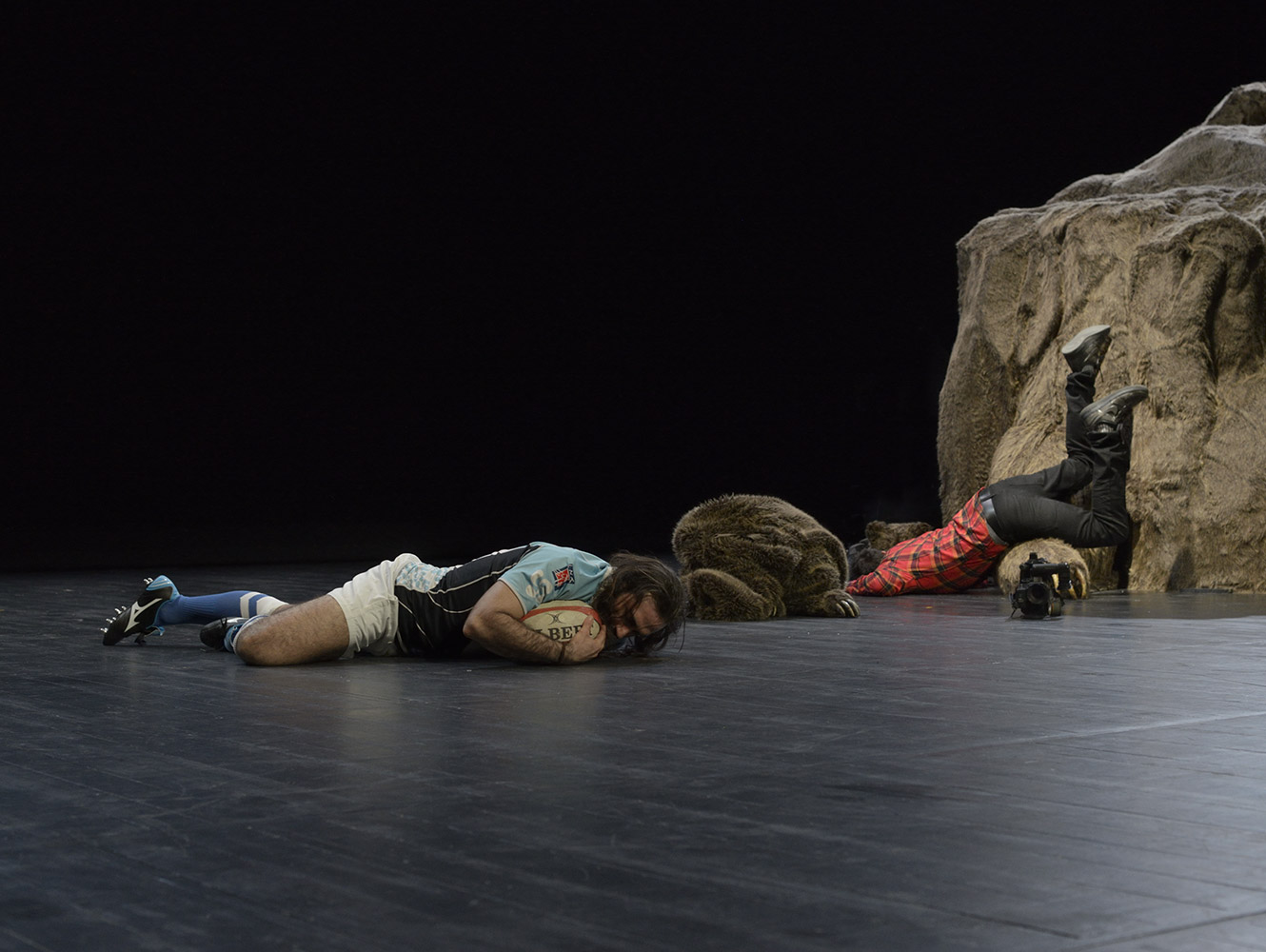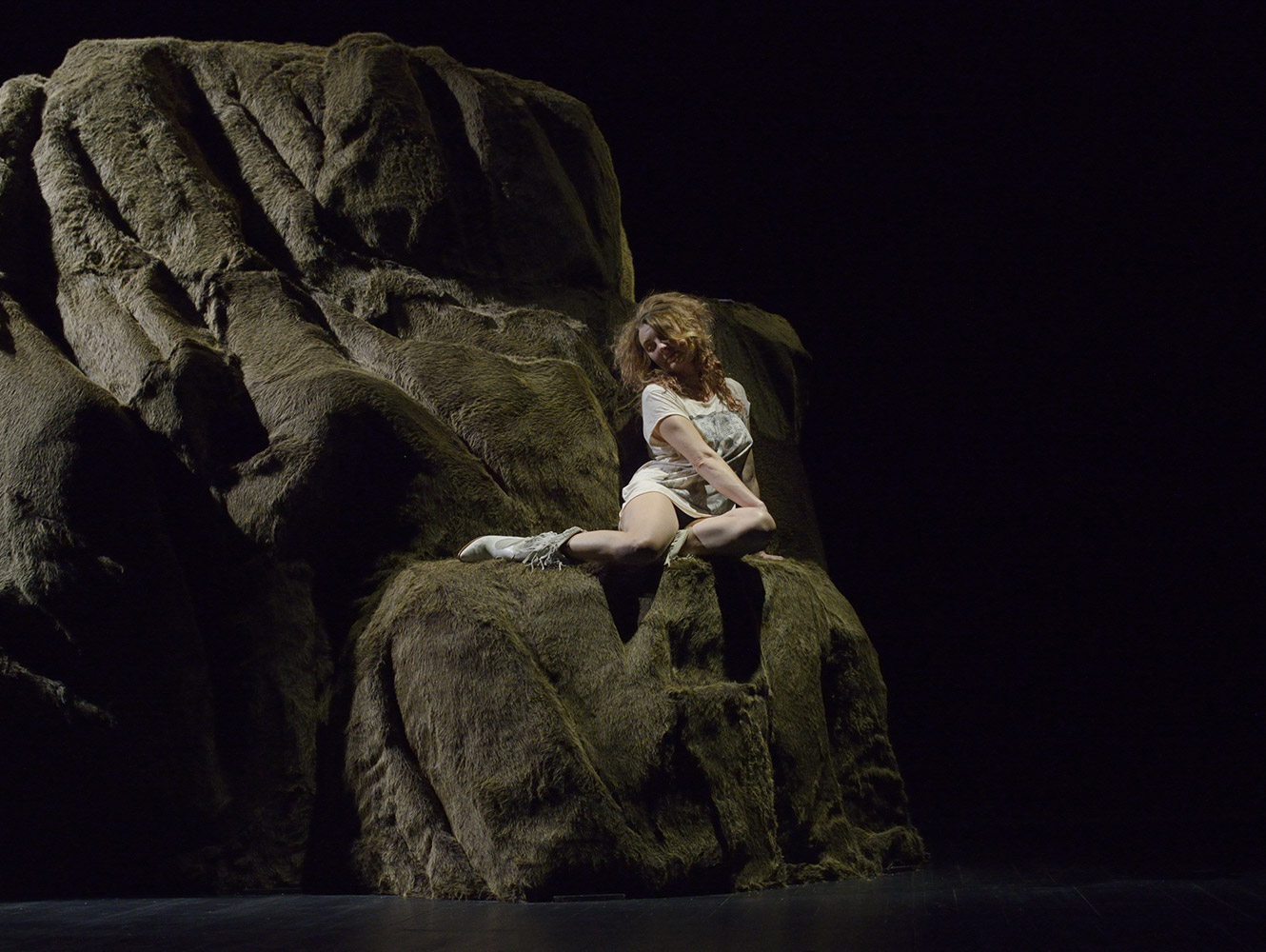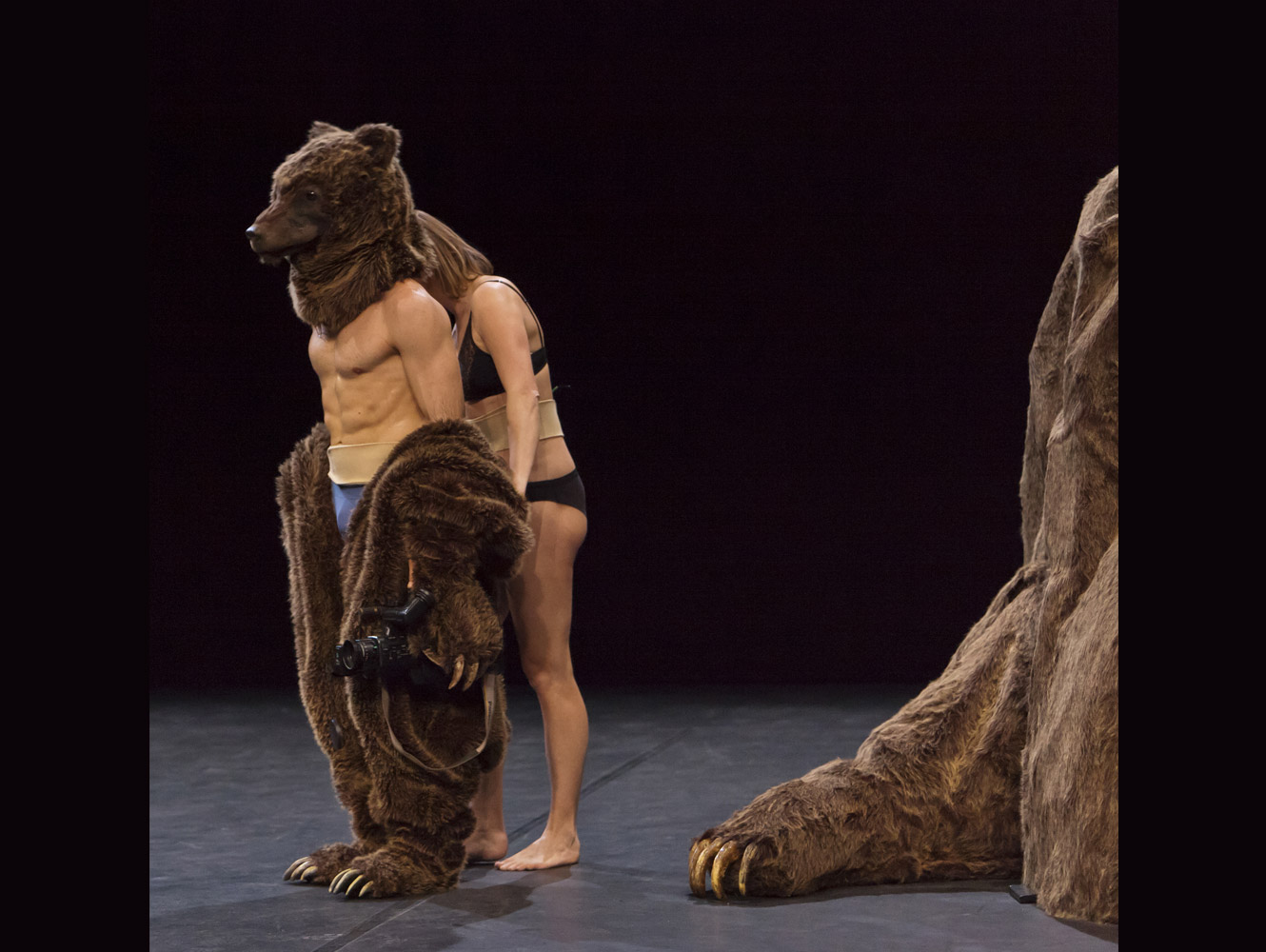SAGA
Conception & direction Jonathan Capdevielle
Premiere February, 2015
Le Parvis, scène nationale de Tarbes
CAST
CONCEPTION & DIRECTION
Jonathan Capdevielle
TEXT
Jonathan Capdevielle with the help of Sylvie Capdevielle and Jonathan Drillet
TRANSLATION IN OCCITAN
Joseph Fourcade
PERFORMERS
Jonathan Capdevielle, Marika Dreistadt, Jonathan Drillet & Franck Saurel
ARTISTIC ADVISER – ARTISTIC ASSISTANT
Jonathan Drillet
SCENOGRAPHY (SET DESIGN AND CONCEPT)
Nadia Lauro
ASSISTANT FOR SCENOGRAPHY
Romain Guillet
LIGHT
Patrick Riou
STAGE MANAGER, TECHNICAL MANAGER, SOUND EFFECTS LIVE
Jérôme Masson
SOUND MANAGER
Vanessa Court
FABRICATION OF ANIMAL COSTUME
Daniel Cendron
FABRICATION OF TRADITIONAL COSTUME
Cécilia Delestre
VIDEO
Sophie Laly, Jonathan Capdevielle
KID
Kyliann Capdevielle
OUTSIDE EYE
Gisèle Vienne and Virginie Hammel
PRODUCTION
Bureau Cassiopée – Léonor Baudouin and Manon Crochemore
PRODUCTION, DISTRIBUTION, ADMINISTRATION
Fabrik Cassiopée – Isabelle Morel and Manon Crochemore
THANKS TO
Anne-Cécile Sibué-Birkeland, Alexandra Murillo, Laetitia Laplace, Maxime Laplace, Cynthia Laplace, Mercedes Tormo, Stéphanie Michaud, Didier Capdevielle, Alexandre Reyes, Florian Hémadou, Guillaume Hémadou, Eliane Roudaut and the team of Le Quartz, scène nationale de Brest.
PRODUCTION
Executive producer Association Poppydog
Bureau Cassiopee was the executive producer of Saga from febuary 2015 to march 2016.
Coproduction
Le Parvis scène nationale Tarbes Pyrénées (FR) / Pôle sud, CDC en préfiguration-Strasbourg (FR) / Les Salins, scène nationale de Martigues (FR) / Scène nationale d’Orléans (FR) / CCN Montpellier Languedoc-Roussillon in the frame of ]domaines[ and Life Long Burning (LLB) project supported by the Culture Programme of the European Union (FR) / L’Arsenic-Lausanne (CH) / Les Spectacles Vivants – Centre Pompidou-Paris (FR) / Maison de la Culture d’Amiens-centre de création et de production (FR) / Latitudes contemporaines-Lille (FR) / BIT Teatergarasjen- Bergen (NO) / Théâtre Ouvert-Paris with the support of Région Ile-de-France (FR) / La Ménagerie de Verre-Paris (FR) / Théâtre Garonne, scène européenne Toulouse (FR) / Arcadi (FR) / Bureau Cassiopée (FR)
With the help of
Quartz, scène nationale de Brest (FR) and Centre National de la Danse-Pantin (FR)
With the support of
de la DRAC Ile-de-France
Jonathan Capdevielle is supported by APAP, Advanced Performing Arts Project, funded by the European Commission.
PAST TOUR
February 2015 Le Parvis, scène nationale Tarbes-Pyrénées (FR)
February 2015 Théâtre Garonne, scène européenne, Toulouse (FR)
March 2015 Les Spectacles Vivants, Centre Pompidou – Paris (FR)
March 2015 Le TAP, scène nationale de Poitiers (FR)
March 2015 L’Arsenic – Lausanne (CH)
March 2015 Théâtre d’Aurillac, scène conventionnée, scène régionale d’Auvergne (FR)
March 2015 Les Salins, scène nationale de Martigues (FR)
April 2015 L’apostrophe, scène nationale de Cergy Pontoise et du Val d’Oise (FR)
April 2015 Le Manège – Maubeuge-Mons (FR)
April 2015 Maison des Arts de Créteil (FR)
April 2015 Scène nationale d’Orléans (FR)
May 2015 Le Quartz, scène nationale de Brest (FR)
June 2015 La Rose des vents, scène nationale Lille Métropole Villeneuve d’Ascq, en coréalisation avec le Festival Latitudes contemporaines (FR)
September 2015 La Bâtie – festival de Genève (CH)
September 2015 La Friche la Belle de Mai, Festival actoral.15 – Marseille (FR)
October 2015 Meteor festival, BIT Teatergarasjen – Bergen (NO)
December 2015 Pôle sud, Centre de développement chorégraphique – Strasbourg (FR)
January 2016 Maison de la culture d’Amiens, centre européen de création et de production (FR)
March 2016 Théâtre la Vignette co-accueil avec la Saison Montpellier Danse 2015-2016 -Montpellier (FR)
April 2016 Le Carré Les Colonnes – Saint Médard en Jalles (FR)
October 2016 Les deux scènes, scène nationale de Besançon (FR)
December 2016 Le Quai CDN Angers Pays de la Loire (FR)
February 2017 Nanterre-Amandiers CDN – Nanterre (FR)
April 2017 Théâtre Garonne, scène européenne – Toulouse
November 2018 Le Lieu Unique, scène nationale de Nantes (FR)
March 2019 Théâtre du Bois de l’Aune, Aix-en-Provence (FR)
Gallery: © Estelle Hanania, © hervé Véronèse Centre Pompidou
Background visual: © Estelle Hanania, Design: Grégoire Gitton
There are and were members of my family, people or even characters who fed my imagination, my obsessions and who influenced the way I create my shows. During a pivotal period between childhood and adolescence, my family environment was the daily theater of scenes as funny as dramatic that still haunt me to this day.
Saga depicts this “Family Novel” by revisiting the memories of the places and by calling on the characters and situations that are part of the episodes of this exciting past life. The scenes as if taken straight out from a documentary or a film, show the theatrical quality of a childhood lived amongst a group of adults who let their instincts run wild without worrying too much about the next day or the consequences of their actions.
The narrative is built on the story of my family members and especially on my sister’s who was, with my stepbrother, the main character of the account. On the stage, four performers are in charge of telling the sometimes autobiographical, sometimes imaginary tale and together we reinvent the events of a past told in present tense. The back and forth between narration and played out scenes highlights the euphoric, playful, melancholic and dark nature of these dramatized life episodes.
In the piece, we did not stick to the actual chronology. The performance space is a grey area, an area of memory that brings light to certain events and materializes lived situations or scenarios with the liberty of transforming them or taking them away from reality. Memory works by filtering, skipping in time, mismatching the present body and the language, scrambling sensation and ellipsis.
Each material, archive, video, element of scenography, light choice, body, performance has to find its place and to enter in the symphony of memory. It is as if there were two kinds of scores that make up the tale, the one for the words that is almost continuous in the style of a radio drama, and the one for the movement of the bodies that stretches, shifts and sometimes freezes.
In this memory universe a fine line separates fiction and reality. A dissociation happens between body and voice, between action and words in order to be as close as possible to the vision of the child on the timeless and sometimes distorted, exaggerated and absurd events that are the mirror of our identity. Each performer brings a part of their history to the tale and solidify the autobiographical nature of the piece. On the stage the memory is reflected in the scenography designed and built by Nadia Lauro who characterizes it as “a mountain animal with fur, guardian of the history and swallower of memories.”
Jonathan Capdevielle
